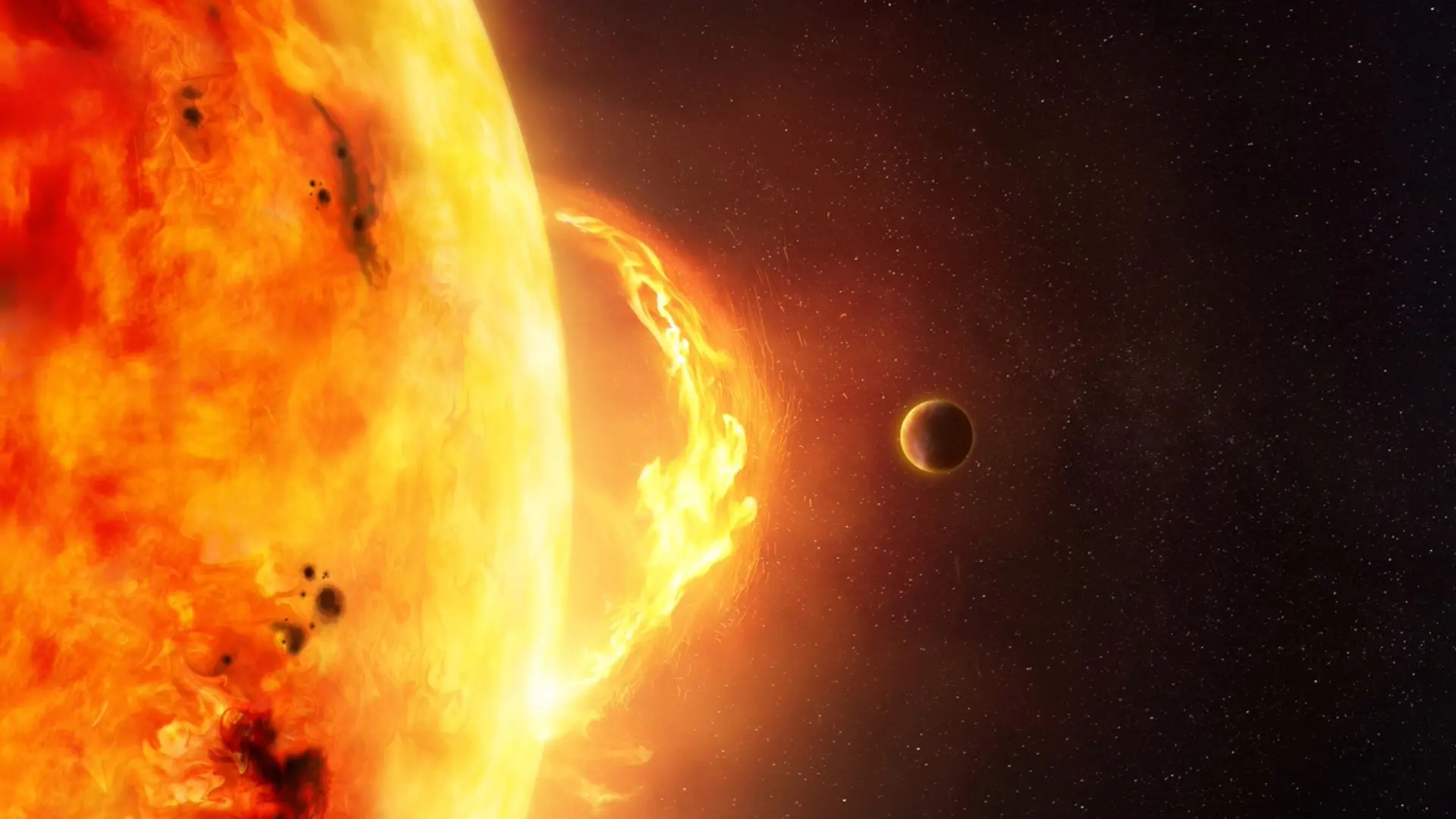April 9 (Punjab Khabarnama) : North America submerged into a chilly midday darkness on Monday as a total solar eclipse raced across the continent. Street lights blinked on and the planets came into view, as the moon shrouded the sun for a few minutes across the land. Dogs howled, frogs croaked and some people wept, all part of the eclipse mania gripping Mexico, the U.S. and Canada.
As the sky gazers glued their eyes to the celestial phenomenon that brought the sun and moon together many witnessed another cosmic beauty – sun flares.
On Monday, sun was at the peak of its 11-year solar cycle, known as its “solar maximum,” as it was eclipsed by the moon. This phase saw the sun releasing more solar flares and coronal mass ejections, which are huge plasma bubbles with magnetic field lines.
Many captured photos and videos showing two solar flares just as the eclipse was approaching totality.
“Never seen such protruding solar flares. Apparently you can put 100’s of earths into one of those!”Jim Cantore, Certified Broadcast Meteorologist, wrote on X.
Why do Solar Flares occur?
Solar flares, which are the solar system’s most significant explosive events, happen when magnetic energy associated with sunspots is released, causing intense radiation bursts.
The duration of solar flares varies, with some lasting minutes and others hours, depending on their strength. NASA categorizes solar flares based on their intensity. The smallest is the B-class, and the largest is the X-class, which was the type detected last New Year’s Eve.
While weaker solar flares go unnoticed on Earth, those classified as X-class can interfere with radio communications, electric power grids, and navigation signals. In severe cases, these powerful flares can even endanger spacecraft and astronauts.
Solar Flare Facts
- Solar flares are massive explosions of electromagnetic radiation that emit light, energy, and high-speed particles.
- They are categorized by strength: B-class, C-class, M-class, and the largest, X-class. Each class represents a ten-fold increase in energy output.
- The most powerful solar flare ever recorded happened on April 2, 2001, at 4:41 p.m. EDT, surpassing the one on March 6, 1989, which disrupted power grids in Canada.
Duration of Solar Flares
- Solar flares can last from a few minutes to several hours.
- The outburst of electromagnetic energy coincides with the event’s observation, according to NOAA.

